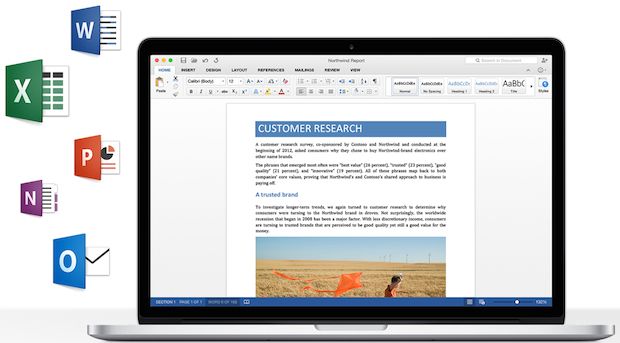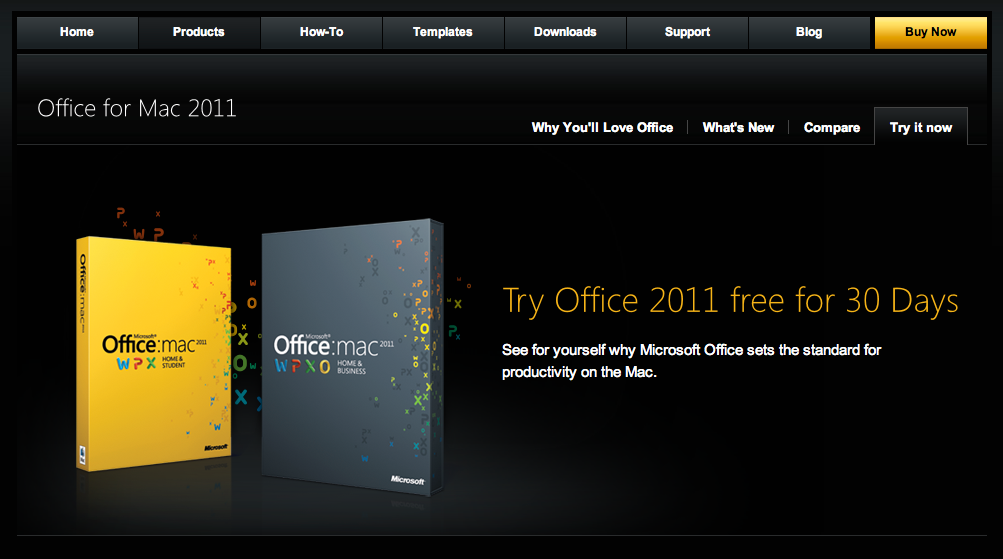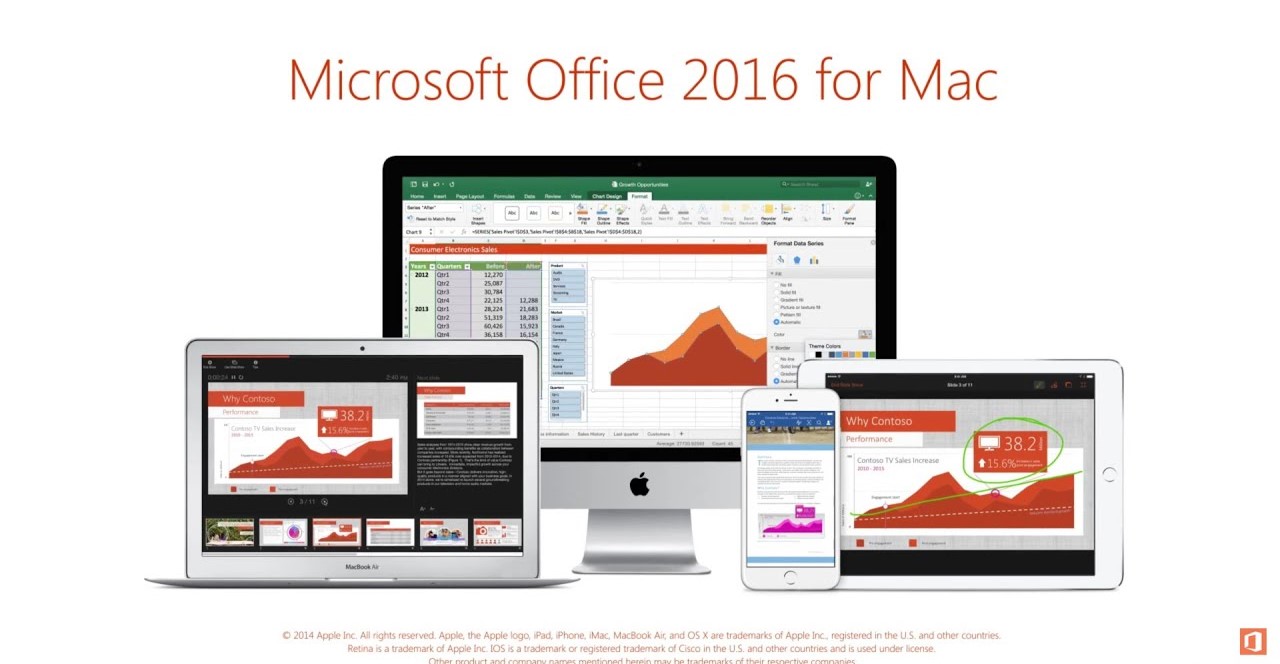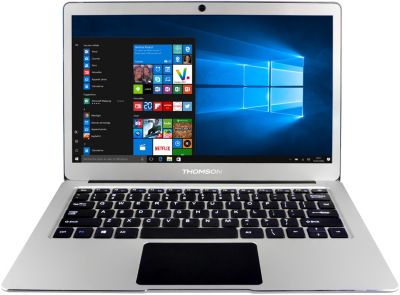Mac For Office Use
All connect app for mac catalina. The Microsoft Office suites: Office for Windows, Office for Mac, and Office for iPad provide the greatest level of compatibility between any disparate suites, but there can never be complete compatibility between different apps, except for the most trivial of apps. And, like them or hate them, no one can ever call the Office apps “‘trivial”.

Office Insider Release Notes. Become an Insider: be one of the first to explore new Microsoft 365 features for you and your business. Office Insider Release Notes. Skip to main content.
If you want to use Office 2011 you can restore your system to a point prior to installing Catalina. Restore your Mac from a backup - Apple Support. Apple dropped support for ALL 32-bit applications, drivers, hardware, etc in Cataliina. Select the Office folder from the virtual drive and then double-click either the Setup32.exe to install the 32-bit version of Office, or Setup64.exe to install the 64-bit version to begin the offline installation. If you're not sure which version is right for you, see Choose the 64-bit or 32-bit version of Office. When you see the message, You're all set, you can.
Comparing the feature set of these three suites, I think everyone can agree that Office for Windows is on top, Office for iPad is at the bottom, with Office for Mac squarely in the middle. (See a detailed comparison here.)
Win Office > Mac Office > iPad Office
Don’t get me wrong – I have all three suites, and I use and like them all, but that doesn’t mean I am blind to their differences. (And that doesn’t mean I have given Microsoft a boatload of cash — I got all three suites as part of my $100/year Office 365 subscription — a bargain at twice the price, IMHO.)
A Windows user has only one choice: Office for Windows. Similarly, an iPad user can only choose iPad Office. But a Mac user can choose to run Office for Mac natively or Office for Windows in Parallels Desktop in a Windows virtual machine. Which one to choose? Any performance or usability differences? What about feature differences?
First, let’s dispel any talk of performance differences. Macs today have an over-abundance of processing power and Parallels Desktop for Mac runs so efficiently that there is no perceptible performance difference between Office for Mac running natively and Office for Windows running in a virtual machine. Perhaps, with a stopwatch and a really quick trigger finger you could measure some sub-second differences, but you would never notice these differences in actual use.
Usability differences between these two suites have gone by the wayside in the 2016 suites, with MacOffice largely adopting the WinOffice user interface (UI), and losing most of its unique Mac UI advantages that made it so distinctive in past years.
Office suite on Mac
So, what about feature differences, since as stated above Win Office > Mac Office. What does a Mac user lose if they pick MacOffice over WinOffice to use on their Mac? There are a bunch, and here is a list, which I have divided into major and minor differences:
Major differences:

- Ink
There have been several truly important additions to Office in the last five or six years — Office Open XML-based document file formats, the Ribbon, and SmartArt, to name a few — and these have appeared in both WinOffice and MacOffice. The latest important addition to Office, however, is only in WinOffice, and that is Ink. Ink is the ability to annotate or add content to an Office document with a stylus or finger on a touch screen in an extraordinarily natural way. There is no stylus or touch screen on the Mac, so naturally Microsoft has not brought Ink to MacOffice.
But, if there is no stylus or touch screen on the Mac, how does WinOffice in a virtual machine provide any differences? Parallels Desktop 12 for Mac, when running WinOffice 2016 in a Windows 10 virtual machine does give the user the capability to use Ink on the Mac.
See this blog post (and others in the near future) for all the details and lots more examples.
- A slew of features in Outlook


There are more feature differences between WinOutlook and MacOutlook than there are between any other pairs of apps in the two suites. Some of these differences are support for older Exchange versions, voting buttons, Visual Basic support, conversation clean up, and many, many more, but see this blog post for a much longer, but non-exhaustive list.
Minor differences:
- Pivot charts + other features in Excel
Despite an immense amount of excellent work by the MacExcel team in recent years, there are still some WinExcel features that are not supported in MacExcel. Opening a spreadsheet containing one of these missing features results in the dialog you see in figure 3.
- PowerPoint add-ins

Among my many character flaws, I am a font addict. (My t-shirt that states “Who ever dies with the most fonts wins.” kind of gives this away.) Often, just the right font will convey exactly the feeling I want in a presentation. But, if I show this presentation on another computer, or email it to someone, that font will not show up. So, a PowerPoint add-in like Convert Text to Outlinesis a godsend, enabling me to make sure that font will always show correctly, and Convert Text to Outlines, like almost all other add-ins, is only available in WinPowerPoint. However, once converted to outlines in WinPowerPoint, the slide will render correctly in WinPowerPoint or MacPowerPoint on any computer, even if that special font is not available there.
Not necessarily.A: 'When you install software it will create registry items within the Windows folders, which are on the main drive, usually the C drive. Assuming that there are two situations in which users would request an Office copy, move or transfer to a portable drive, one is when to choose an external drive for download and install, and the other one is to change the location of an existing installation from a PC to an external drive.Are both scenarios working in the same way? 
Call of duty for macbook pro. In Blackout, up to 100 players, who can play as Solo, Duos, or Quads (squads of 4), drop into the guide by means of helicopters, and must rummage for plunder to get by as the last person(s) standing, while a hover shut in and limits the guide’s playable zone.
Uservoice Office For Mac
To be fair, in choosing WinOffice over MacOffice for use on the Mac, you do lose the fantastic Reorder Objects feature in PowerPoint, and that is a significant loss. It used to be the case that choosing Word in MacOffice gave you Publishing Layout View, but, alas, Microsoft removed this powerful, groundbreaking feature from Word in MacOffice 2016. A real pity.
Best Mac Laptop For Office Use
So, for me, WinOffice is the clear best Office to use on my Mac. What’s your clear best choice? Leave your answer in the comments.
Need Microsoft Windows operating system? Buy directly below:
Try Parallels Desktop for free for 14 days!
